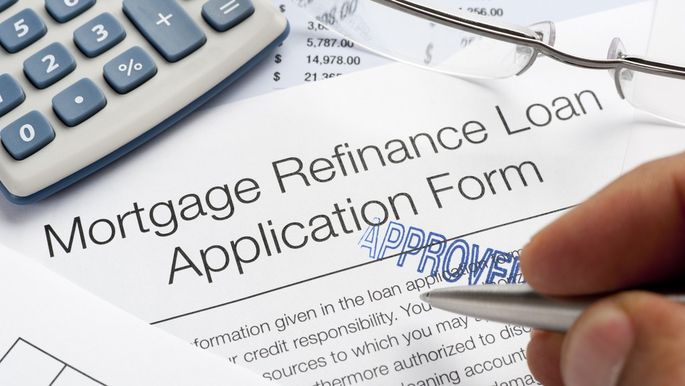The lowest mortgage interest rates ever seen in the U.S. will likely spur another wave of refinances as homeowners chase the chance of a lifetime to lock in a rate under 3%. Rates fell to an average of just 2.98% for 30-year fixed-rate mortgages in the week ending July 16, according to Freddie Mac. Rates have never dipped below 3% in the nearly 50 years that Freddie Mac has been tracking them. “We’ll see a pickup in refinance interest as a result of mortgage rates hitting fresh record lows, despite the refi boom we saw earlier,” says realtor.com® Chief Economist Danielle Hale. “Every move lower in mortgage rates opens the door for some homeowners where it now makes financial sense for them to refinance.” With the highest unemployment since the Great Depression, many folks are looking at ways to cut costs. Moving to a lower rate has the potential to save folks hundreds of dollars a month on their mortgage payments—a particularly appealing proposition in the middle of a recession. It could also save them tens of thousands of dollars over the life of their loan. The exact amount depends on the size and length of their mortgage as well as what their lender is offering. A refinance boom overwhelmed many lenders in early March, when rates initially fell into the low 3% range as a result of the coronavirus playing havoc with the U.S. economy. Some lenders responded by actually raising their rates to beat back the hordes of homeowners submitting refinance applications. They’ve since dropped, and demand has remained consistently high since March. Refinance applications were up 106.6% annually in the week ending July 10, according to the Mortgage Bankers Association.
This latest dip will likely inspire those on the fence to seek out a refinance. On Thursday, the average daily rate (as opposed to weekly) fell to just 2.89% for 30-year fixed-rate loans, according to Mortgage News Daily. That’s another all-time low. “Everybody realizes this might be the last time we see rates in the 2s,” says Indianapolis-based mortgage broker Don Frommeyer of CIBM Mortgage. “If the economy really takes off in 2021, you could see a real increase.” While business hasn’t slowed since March, he says, it began picking up a little more about two weeks ago. He expects it will now get even busier. “You’re not going to see double the volume, but you’re going to see an increase,” Frommeyer says. Refinances won’t universally save costs. Those who already did so recently probably shouldn’t go through the process again, as it typically costs a few thousand dollars to complete a refinance. Costs vary by area and lender. “It’s always a great idea to have your licensed mortgage loan officer run options for your current loan to see how much money you can save monthly over the life of your new loan,” says Elysia Stobbe, author of “How to Get Approved for the Best Mortgage Without Sticking a Fork in Your Eye.” They can also see how much you can save if you went to a shorter loan term, she adds.
Article by: Clare Trapasso, she is the senior news editor of realtor.com and an adjunct journalism professor at the College of Mount Saint VIncent. She previously wrote for a Financial Times publication, the New York Daily News, and the Associated Press

